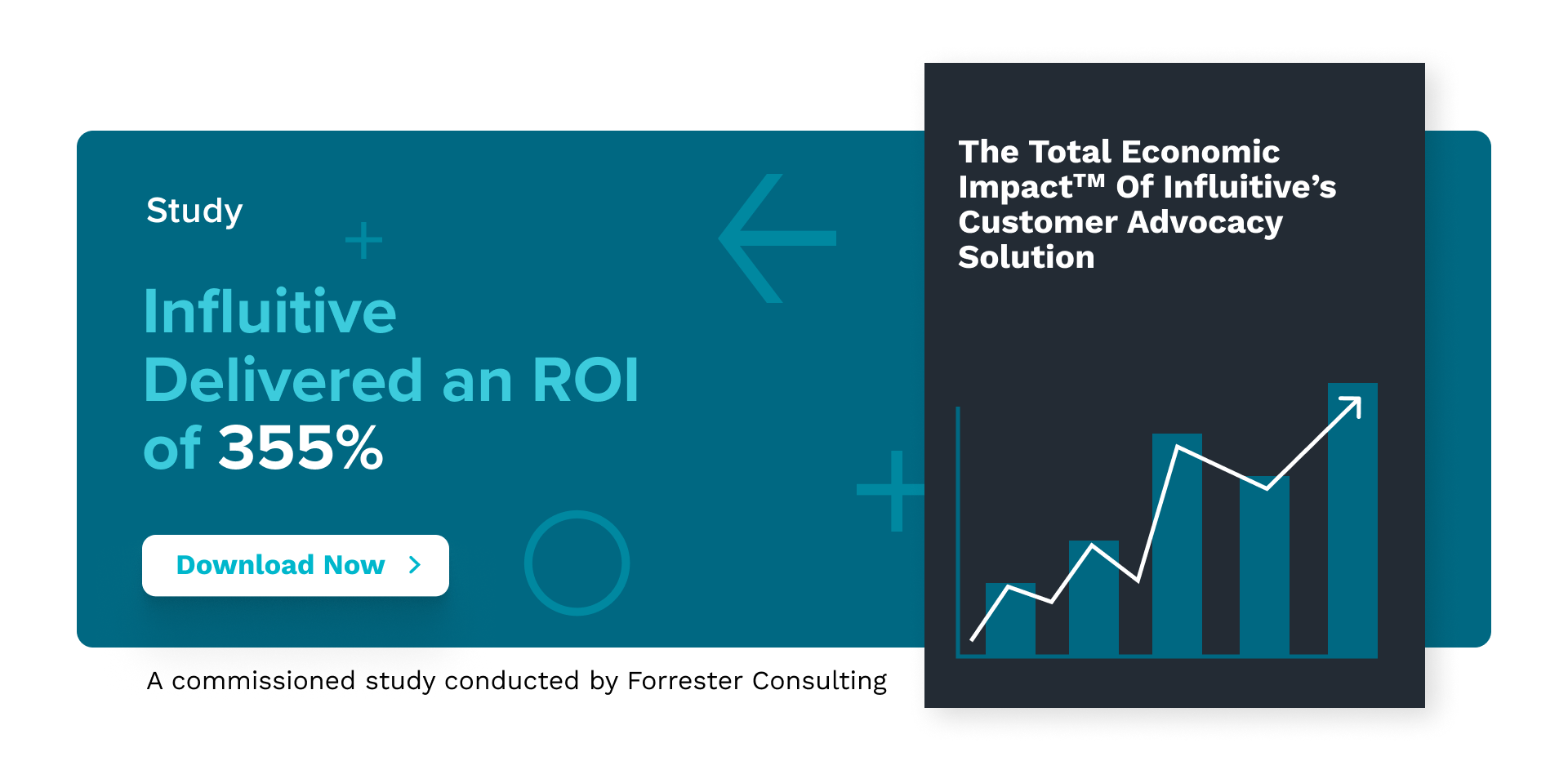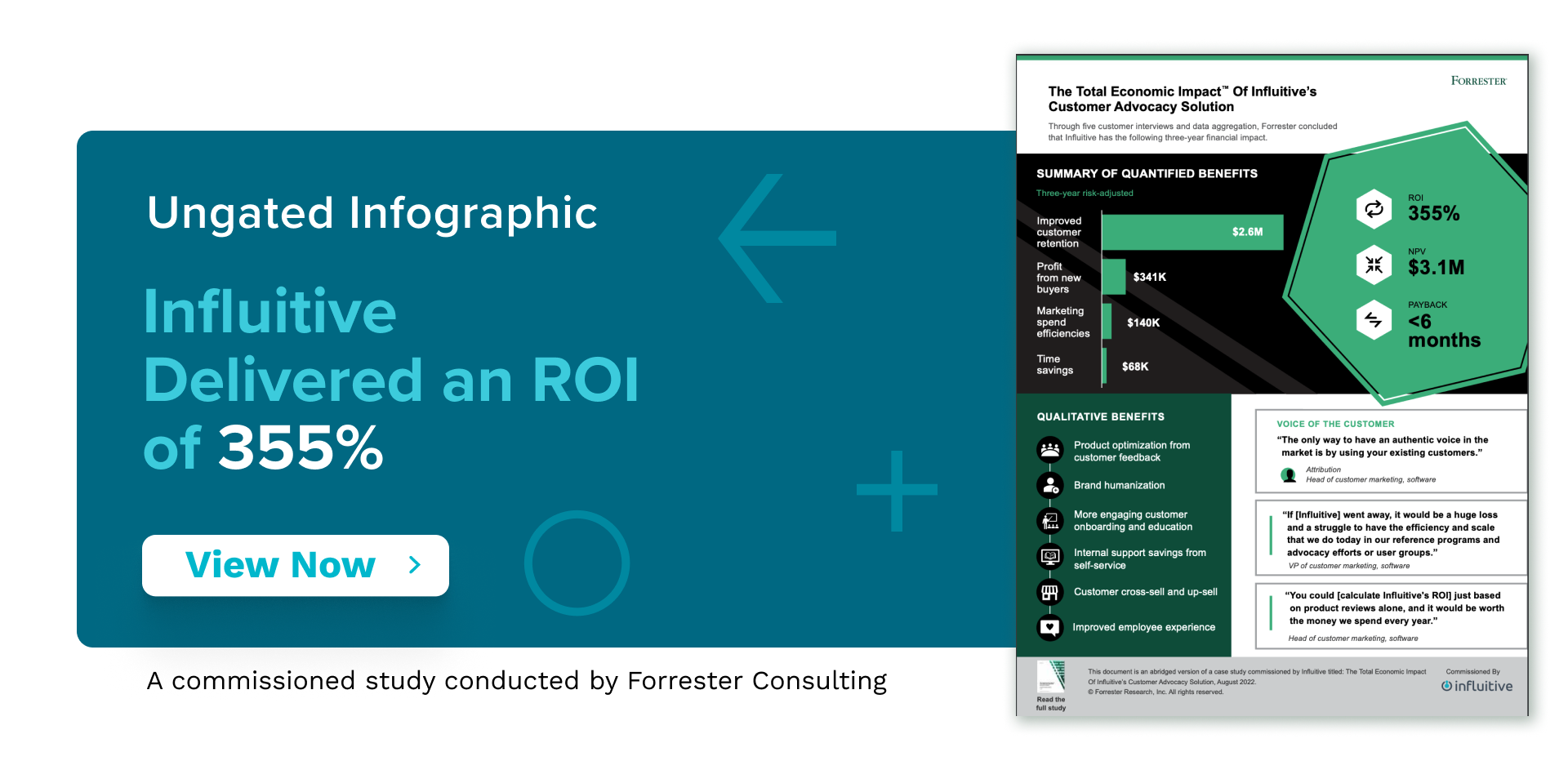The last few years presented challenges for individuals and organizations alike. Businesses struggled to find new revenue streams while preparations for an economic downturn left few opportunities for growth within existing customer accounts.
The answer for many organizations — customer appreciation.
We all understand the power of feeling appreciated. And while an increased number of organizations continue to recognize the correlation between showing gratitude and customer outcomes, the pandemic highlighted this value and ignited an explosion of Customer Advocacy programs and initiatives among companies in the business-to-consumer (B2C) and business-to-business (B2B) spaces.
“Organizations realized they need systematic approaches to producing successful customers,” explained Liz Richardson, co-founder & managing partner, Captivate Collective. “Now we see organizations are doubling down on the idea of Community and connecting customers to each other in order to build a sense of tribe.”
Richardson said the pandemic specifically showed the weaknesses of organizations that didn’t invest in the infrastructure around differentiated experiences that build long-term loyalty among their customer base.
“There was a mad dash for these enterprises to show their investment in customers as the tap for new acquisition ran dry in many industries,” she said. “As we deal with more economic instability, it’ll be interesting to see which orgs will stay firm in committing resources solely focused on customer success and satisfaction.”
When organizations provide value to their community, with no direct return ask, customers are more likely to naturally reciprocate through acts of advocacy.
A Harvard Business Review article, The New Science of Customer Emotions, supports this claim stating “the most effective way to maximize customer value is to move beyond mere customer satisfaction and connect with customers at an emotional level – tapping into their fundamental motivations and fulfilling their deep, often unspoken emotional needs.”
While it’s commonplace for organizations to ask favors of customers (e.g. speaking at events), how often do they offer value to customers with no ask in return? Arguably too often organizations look beyond the action of gratitude directly to the act of reciprocation. This focus is flawed.
Let’s not be naive in thinking customers don’t see the motive. We know when acts of appreciation have visible or hidden expectations on the other side. Let’s shift the narrative and walk into a more mature way of doing business that drives value to both parties through genuine acts of recognition and appreciation.
We know Customer Advocacy is a natural byproduct of excellent customer service, so let’s trust what we know and move the needle.
Ari Hoffman, VP of Customer Marketing & Advocacy at Influitive, explained companies have been on a slow, but consistent digital transformation journey where customer retention is as important, if not more important, than new logo acquisition.
“With Covid, the ability to get out and sell at events, or knock down doors with big sales teams all but evaporated,” he said. “This forced larger orgs to expedite their transformation journeys. They turned to Community and Customer Advocacy. They are the natural evolution of the subscription economy, and they’re much more rewarding for both customers and employees.”
This summer, Forrester, a global market research company, released a Total Economic Impact™ (TEI) study, commissioned by Influitive, an industry leader in customer advocacy software, to highlight the value of advocacy programs.
The study includes data from Customer Advocacy professionals at organizations using Influitive to generate results for a single, composite organization – global, B2B software company with $500 million in annual revenue, 3,000 employees, 20,000 customers and an average customer retention rate of 80%.
The organization, on average, generates $25,000 of revenue per customer annually, with a profit margin of 12%.
So how much impact did an advocacy program have on this organization?
Forrester reports a nearly $4M impact to the organization over a three-year period. This equates to $3,279,799 worth of improved customer retention, with additional impacts from new-buyer profits, improved customer marketing efficiencies, and marketing, sales and product time savings.
Customer Advocacy programs provide impactful financial benefits to organizations. But even with such compelling metrics, it’s imperative to maintain focus on the foundational components of this success – starting with gratitude. Organizations will always need to stay viable and maintain financial stability. But they can’t do either without customers. So they should focus on the basics.
Customer Advocacy professionals dedicate their time to uncovering and nurturing the reasons customers engage with their organizations – approaching their work through the lens of gratitude. They recognize what their community members do for each other and their organization. Then they show their appreciation through delivering value, keeping the customers, and their needs, at the center. This leads to a happy, loyal customer base.
When practicing gratitude among a group of customers, gratitude works well in three different ways.
- It feels extremely good to give gratitude. Customer Advocacy professionals who actively give gratitude to their customers will find a boost in well being and a decrease in stress.
- It feels extremely good to receive gratitude. Customers who receive gratitude from organizations will feel appreciated. This leads to greater loyalty and an increase in customer referrals.
- It feels extremely good to observe gratitude. When other customers witness a Customer Advocacy professional giving gratitude to their customers, they are more willing to associate themselves deeper with the organization.
Also, watching their fellow customers receive gratitude from the organization makes them want to associate more with their fellow customers, aiding in building a tribe of belonging.
With all of the benefits we know that come from demonstrating gratefulness to customers, why do organizations hold back? Why isn’t what’s proven to be a sure method of generating increased loyalty and overall customer happiness an automatic green light for organizations?
“It’s astounding how many organizations still dip their toe in the customer advocacy practice pool with a rapid recitation of what they want customers to do for them while offering a very short, unthoughtful list of what value they’ll offer in return,” Richardson said.
The principle of reciprocity isn’t a complicated one, yet many organizations still fail to put it into practice. Long-term advocacy is built upon a mutually-beneficial relationship rooted in the concept of helping another because they helped you. Richardson said, “Embracing this concept means the first question you need to ask is not, ‘What’s in it for us?’ but rather, ‘What’s in it for them?’”
Over the last decade, and especially the last few years, organizations proved showing appreciation and gratitude through advocacy programs generates stronger relationships with customers that lead to real financial company benefits. So let’s turn up the dial and continue down this mutually beneficial path. Let’s get back to the roots of building human connection so everyone can win.
Jeni Asaba is the head of Community at Jamf, a Top25 CMA Influencer and co-founder of Building for Bridget a nonprofit dedicated to offering Ugandan children safe spaces to learn and dream.
















































